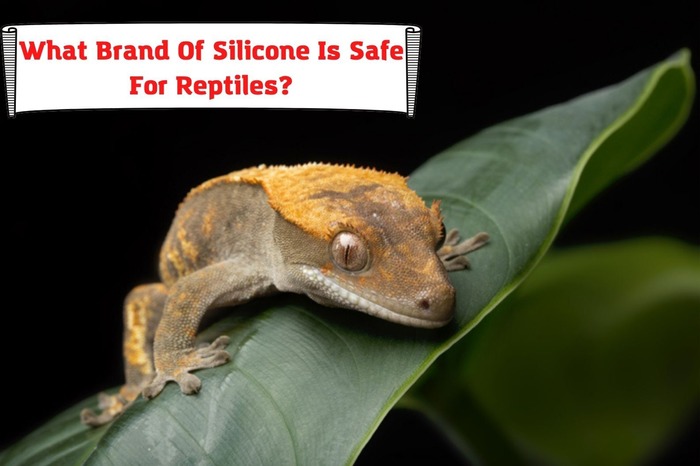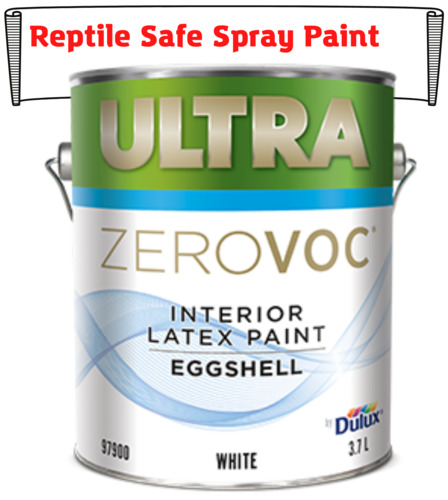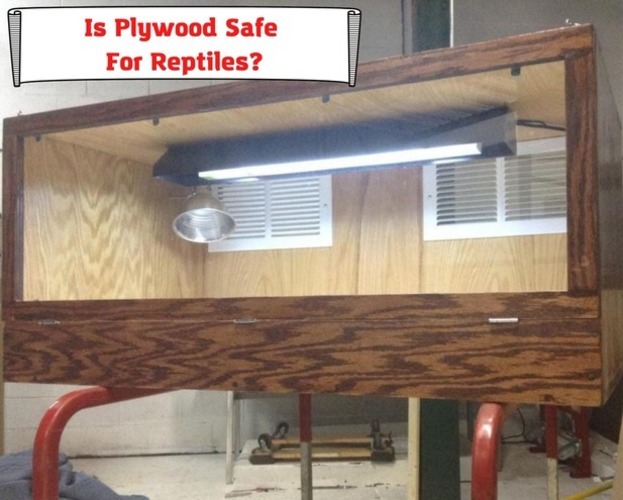A 40-gallon tank is in the mid-size range. Although there are a lot of reptiles that will not enjoy the 40-gallon tank as they may find it too tight, there are quite a few that will find the 40-gallon spacious for a long and fulfilling life.
Are you wondering what reptiles can live in a 40-gallon tank?
Check out this article to learn of some of the coolest and best pet choices for your 40-gallon tank.

What is the Dimension of a 40-Gallon Tank?
Your 40-gallon tank may be different in shape from the 40-gallon tank of another reptile owner. This is pretty normal, and it is usually because of the difference in height or length.
A 40-gallon tank can have a dimension of 48 x 13 x 16. This means that the tank has a length of about 48 inches, 13 inches in height, and 16 inches in width.
A 40-gallon tank can also have the dimensions 36 x 18 x 18. This would also mean that the tank is 36 inches long, 18 inches high, and 18 inches wide.
The differences between the dimensions of both tanks are 12 inches in length, 5 inches in height, and 2 inches in width. These differences imply that the 48 x 13 x 16 tank is longer and more rectangular with shorter walls than the 36 x 18 x 18 tank.
But both tanks are 40-gallon tanks. The choice of a reptile owner will depend on the critter and the design of his landscape. However, many reptile owners usually see the longer tank as a breeder tank because it affords more base space for younger critters and the shorter walls make for easy reach when needed.
If you are into breeding, this is the tank for you, but either will work well for keeping exotic pets like reptiles.
Reptiles That Can Live in a 40-Gallon Tank: Best Pet Choices
1) Collared lizards
Collared lizards are a group of lizards with some common and specific characteristics. It is endemic to the southwestern part of the USA, but you can also find them in Mexico and the Baja peninsula.
These lizards have varying colors. These colors vary from tan to gray. There are some with colors like bright aquamarine and yellow.
One way to tell males from females is the vibrance of their color. The males are usually more bright-colored than the females. They also have patterns, with the dominant one being the dark stripes that hang around their necks like a collar.
This exotic pet grows up to a maximum of 10 inches. This is about 3-4 times the amount of foot space in a 40-gallon tank. Since this critter can move around the tank and get a good amount of play space, it is a fine pet for a 40-gallon tank.
There are about 9 different species of Collared lizards, and it would be best to go for the species that grow the smallest so that you can afford it with a good life in the tank. But since the biggest grows no more than 10 inches in length, you will still do well with it.
The most common collared lizard species in the US are the Crotaphytus bicinctores and C. collaris. They are pretty easy to care for, and they love dry, rocky terrain with some grassland for a habitat.
2) Leachianus geckos
Often regarded as the largest living gecko, the leachianus geckos often go by many other different names. These include New Caledonian Giant Gecko, Leachie, or Leach’s giant gecko. These exotic critters are endemic to the southern and eastern parts of the main Island of New Calcedonia.
At maturity, they grow up to about 14 inches in length. Others may exceed 14 inches in length, but the maximum they can grow up to is 17 inches.
Leachies have heavy bodies and small stubby tails. They also have loose skin and come in various colors ranging from molted green, gray, and brown with some sprinkle of white. Sometimes, the highlight may be a combination of pink and yellow or yellow instead of white.
They are nocturnal, but they are preferred by many reptile owners because of their unique voices and brilliant colors.
You can make the tank conducive for them by adding a lot of hiding places like caves and tree hollows because that is how they spend their time in the wild.
You will also need to ensure that the enclosure is warm, as they come from a place where they regularly experience warm temperatures.
3) Bog Turtle
This beautiful but critically endangered reptile species is another great pet for a 40-gallon tank. It grows no more than 4 inches in full body length.
Bog turtles are native to the eastern United States. It is a cute petite pet with a beautiful patterned hard back shell. The shell continues to harden as the bog turtle grows bigger.
You will find the bog turtle in states like Vermont, Georgia, and Ohio. They are pretty easy to care for as they are omnivores. But they occasionally snack on insects.
However, if you plan to keep this turtle, check with the local regulations and laws in your state to see whether it would be legal to possess and keep a bog turtle. Many states have conservation laws that prohibit the keeping of bog turtles as pets, in addition to prohibiting commercial dealings with the reptile.
4) Leopard Gecko
Also known as Common leopard geckos, these lizards are more easily identified by their appearance. They are usually yellow or yellow-white with numerous black dots all over their bodies.
The leopard gecko is endemic to the dry grasslands and deserts of Afghanistan, Iran, Nepal, Pakistan, and Northwest India. The leopard gecko’s tail is one of the impressive characteristics of this reptile. It is big and bulgy, but the leopard gecko can detach it in its attempt to escape from a predator.
After the detachment, the tail will usually twitch for about half an hour, which is enough for the leopard gecko to make a quick getaway. This self-amputation is a defense mechanism for the leopard gecko.
A leopard gecko will do well in a 40-gallon tank. If you want to breed geckos, you can have a male and a female in the same 40- gallon tank. Leopard geckos grow up to only about 7.8 inches. 40 gallons tank is almost 6 times the maximum length of the leopard gecko, which means more playground, more living space, and a better quality of life.
5) Yellow Mud Turtle
This is a species of mud turtle in the Kinosternidae family and is also known as the Yellow-necked mud turtle. The yellow mud turtle is endemic to Northeastern Mexico. It is also native to Central US.
This lovely critter grows only to a maximum of 6 inches. That is about 6 times the normal length of the base of a 40-gallon tank. You have enough space to create a small living space that mimics the critter’s natural environment. If you like, you can add more than one yellow mud turtle to the tank.
They are pretty easy to take care of, and they can grow up to 40 years old. But on average, their lifespan is usually around 15 years.
6) Spiny Tailed Lizard
The spiny-tailed lizards are several species in the genus of the African and Asian Agamid lizards. These pretty exotic critters are, but they occasionally eat other smaller critters.
They grow in length as long as 10 – 32 inches in adulthood. If you want to keep the spiny-tailed lizards, it would be best to specifically check for the species that do not grow beyond a maximum of 15 inches at full maturity. These are the best species for a 40-gallon tank.
The tailed of the spiny-tailed lizard is one of their identifying features. It is usually muscular, heavy, and full of spikes. This tail is a weapon for self-defense.
The spiny-tailed lizard will usually swing its tail at other critters that attack it. It swings at such velocity that the attacker suffers some pain. Usually, the attackers are other lizards fighting for their territory or struggling for dominance in a burrow.
Like many other lizards, this exotic reptile changes its color in response to the weather.
Bottom Line
Living space is not the only thing to consider when choosing a home for your reptile. The amount of available play space will also determine whether your pet can live a fulfilling life.
You want to choose a pet that is at least 3 – 4 times shorter than the length of the total floor space in your 40-gallon tank, whether it is a 48 x 13 x 16 or 38 x 18 x 18.
The maximum length that your chosen reptile usually reaches must be at least 3 – 4 times shorter than the length of your 40-gallon tank.
- Dubia Roach Egg Sack: How To Understand if It’s Healthy? - January 2, 2023
- How To Feed African Dwarf Frog While on Vacation? - December 26, 2022
- Baytril for Bearded Dragon: Here’s What You Should Know - December 19, 2022



